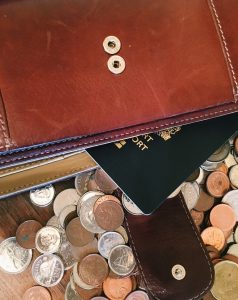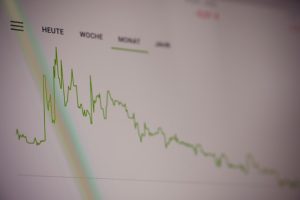The forex market, also known as the foreign exchange market, is the largest financial market in the world. It involves the buying and selling of currencies from different countries with the aim of making a profit. It is a highly volatile market, and traders need to be aware of the different factors that can influence currency fluctuations. One of the most important things to consider when trading forex is the correlation between currency pairs.
Currency correlation is a measure of how two or more currency pairs move in relation to each other. It is important for traders to understand currency correlation as it can affect their trading strategies and risk management. In this article, we will discuss what forex pairs correlate to each other.
Positive Correlation
A positive correlation between two currency pairs means that they move in the same direction. This means that when one currency pair goes up, the other one also goes up. The most commonly traded positive correlated pairs are EUR/USD and GBP/USD. These pairs are positively correlated because they are both denominated in US dollars.
Another example of positive correlation is AUD/USD and NZD/USD. These two currency pairs are positively correlated because both Australia and New Zealand are commodity-based economies. When commodity prices rise, the value of the Australian and New Zealand dollars tends to rise.
Negative Correlation
A negative correlation between two currency pairs means that they move in opposite directions. This means that when one currency pair goes up, the other one goes down. The most commonly traded negatively correlated pairs are EUR/USD and USD/CHF. These pairs are negatively correlated because the Swiss franc is considered a safe-haven currency, and when there is market uncertainty, investors tend to buy Swiss francs, causing the value of the USD/CHF pair to go up.
Another example of negative correlation is USD/JPY and EUR/JPY. These two currency pairs are negatively correlated because the Japanese yen is also considered a safe-haven currency. When there is market uncertainty, investors tend to buy Japanese yen, causing the value of the USD/JPY pair to go down.
No Correlation
Some currency pairs have no correlation, meaning that they do not move in any particular direction in relation to each other. Examples of currency pairs with no correlation include USD/CAD and USD/JPY. The Canadian dollar is not influenced by the same factors as the Japanese yen or the US dollar, so there is no correlation between these pairs.
Conclusion
Currency correlation is an important factor to consider when trading forex. It can affect your trading strategy and risk management. Positive correlation means that two currency pairs move in the same direction, while negative correlation means that two currency pairs move in opposite directions. Some currency pairs have no correlation at all. Understanding currency correlation can help you make better trading decisions and manage your risk more effectively.






